Out of 198 photos I have selected 25 photographs as a rough start to my project


Out of 198 photos I have selected 25 photographs as a rough start to my project


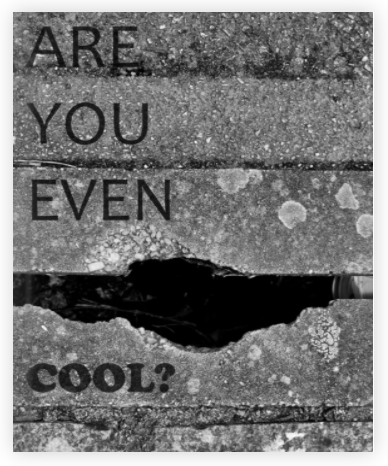
ARE YOU EVEN COOL?– Is the title of the photo-book it references Friendship, Identity and Youth Culture the photographer uses a mix of styles from portraits and close ups of certain body parts to landscapes and environmental photography.
The photographer is called GIO RIOS, I think he aimed his audience at the youth and society in general. I believe he made the book to show people some stereotypes of a “COOL KID”.
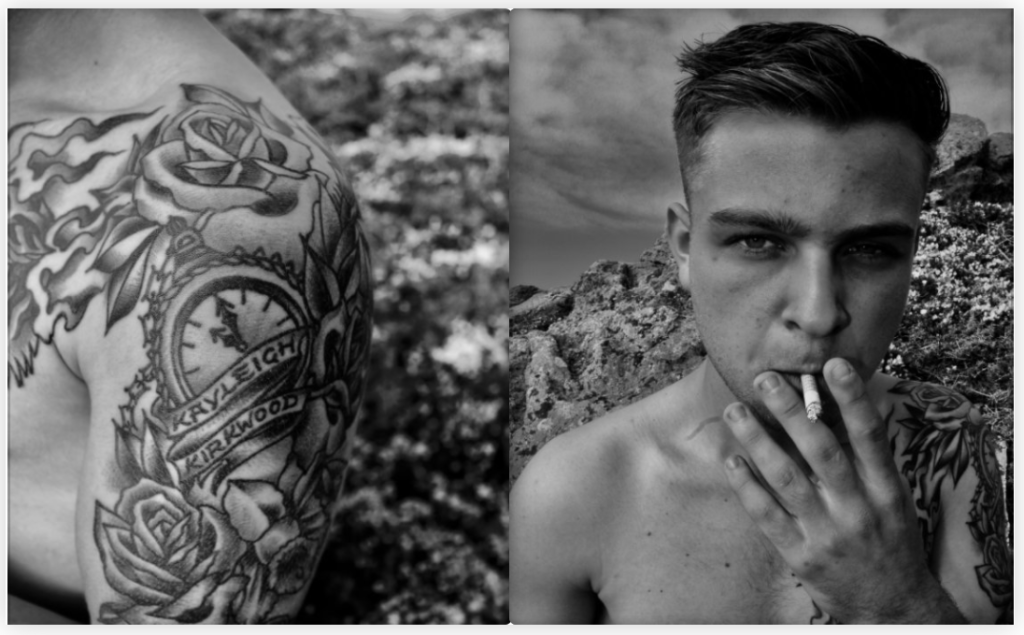
The book feels smooth with a dark glossy hard cover paper, inside the photo-book the pages are a mix between glossy and a little rough feeling. The whole book is in black and white with some pages being left white- blank. The photo-book is made to be portraiture and A4 sized with 56 pages. The binding of the photobook is saddle stitch and it has an image wrap with a durable matte finish.

The title is quite poetic and sarcastic and relevant to the youth it was intriguing as you didn’t know exactly what to expect. I felt like the title was purposely open to interpretation.
the story’s first few pages start by showing a hangout spot a tree that’s been cut to look like a chair, followed by a tattooed arm and a boy smoking. Cigarettes seem to be a reoccuring theme as some images feature passing a cigarette, smoking, or blowing out smoke. The cigarette concept of the photo-book might be hinting at the TITLE that the stereotypical teenager smokes and smoking is for “COOL KIDS” making it a motif.
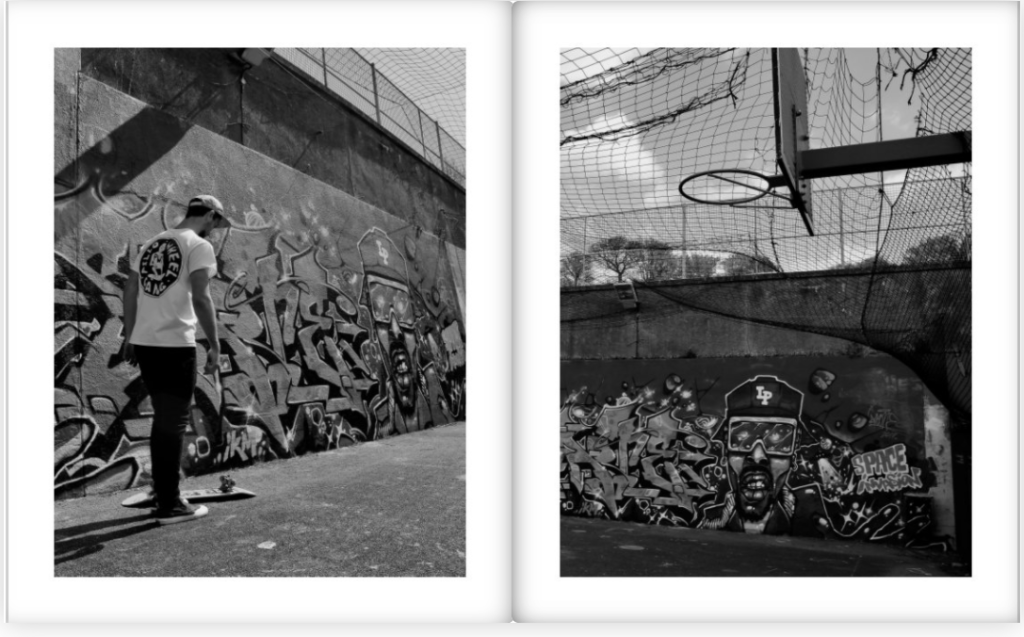
Most images are a full bleed covering the whole page with occasional plank white pages in between, however there are no double page spread or fold- outs/ inserts. Gio Rios made sure to evenly space out the images where there is a cigarette, the portraits of his friends were also kept together or either on the next available page. The only text throughout the photo-book is the title and the first page where he wrote: ‘aesthetic of attitude, behaviour, comportent, appearance and style which is generally admired.

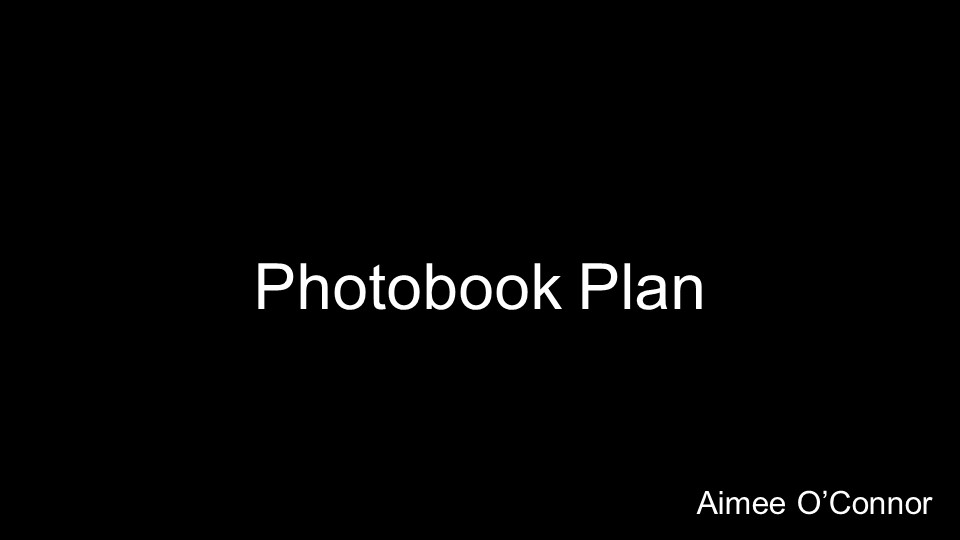
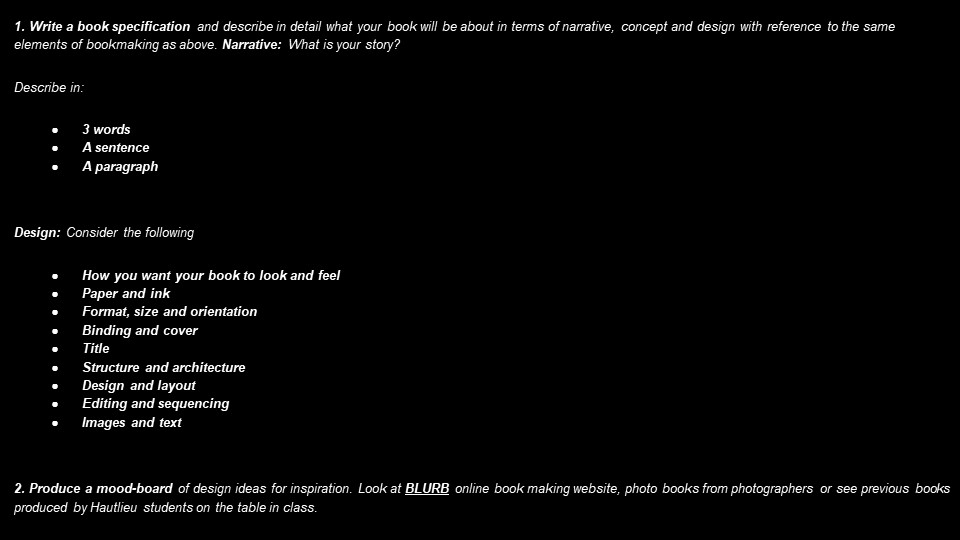
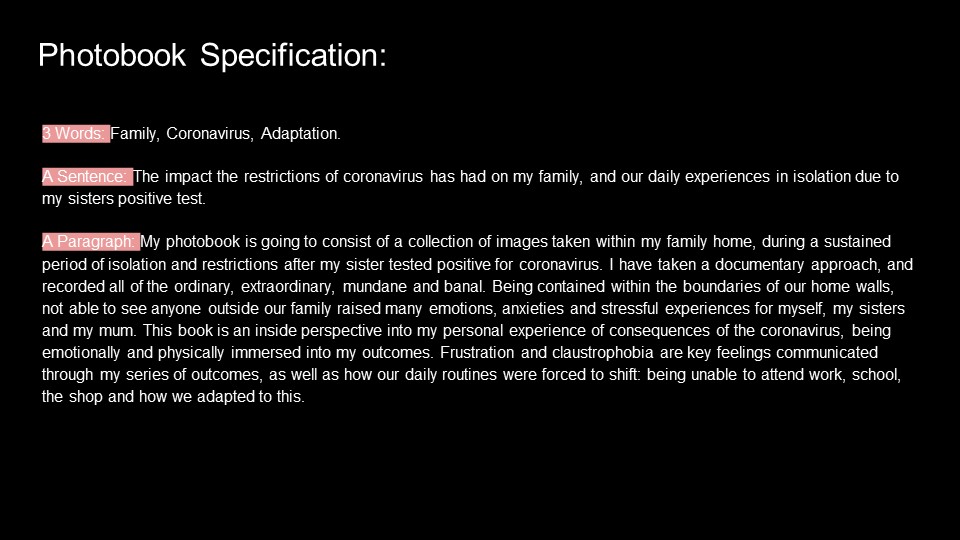
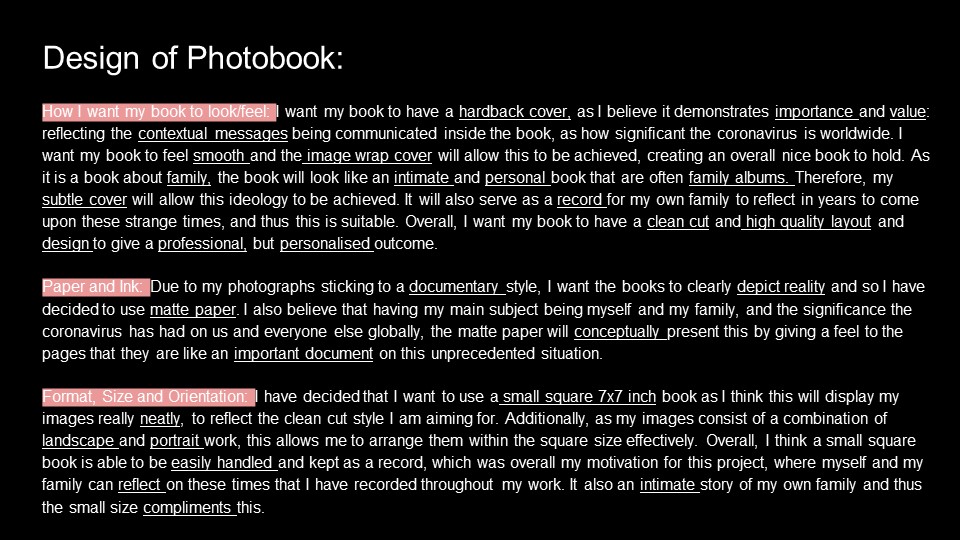
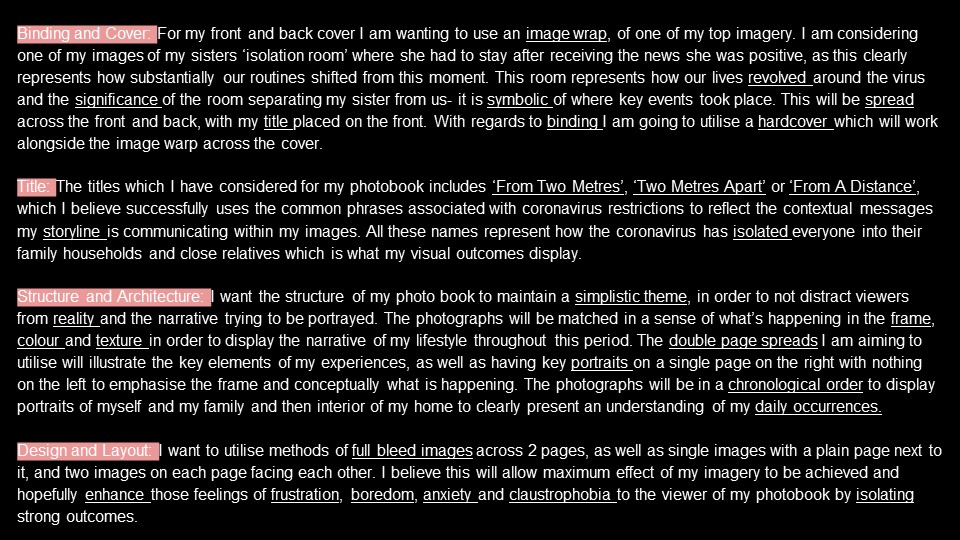
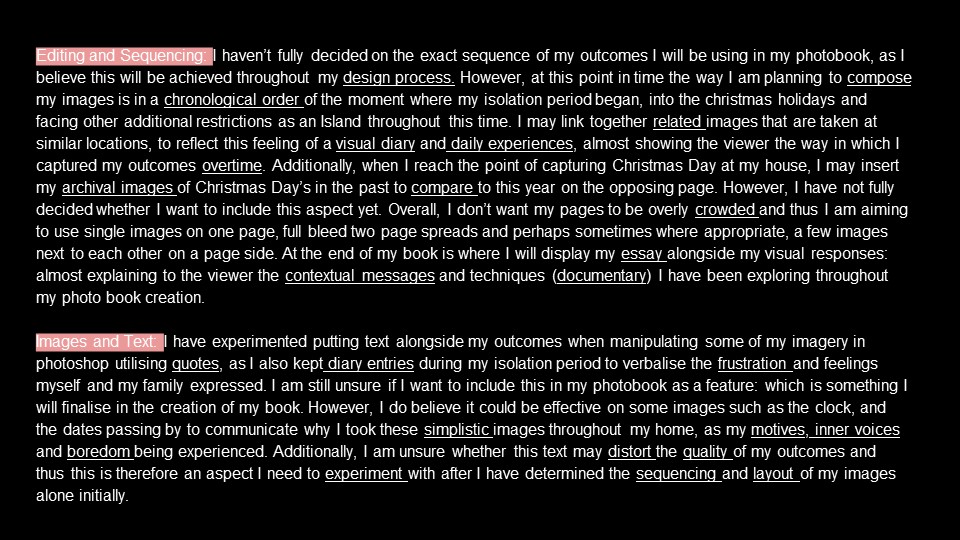
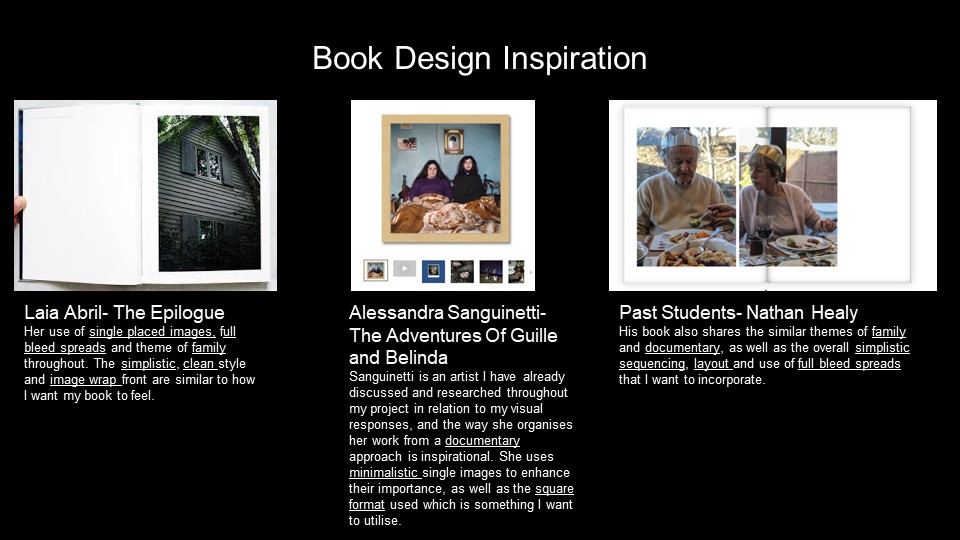
SPECIFICATION
and describe in detail what your book will be about in terms of narrative, concept and design with reference to the same elements of bookmaking as above:
Design and layout. Editing and sequencing. There will be one image per page in the same orientation, mainly landscape and not portrait. Photos will rarely be in black and white. Images will mainly look like disposables (aiming to edit like Nan Goldin and Corinne Day). Random sequencing, what images look best together on opposing pages. All images will be mostly edited the same, I will try to not crop the images so they are as real to the scene I took a photo of.
Images. New photographic responses, photo-shoots. I will be taking photos on a daily basis of my friends and family. I plan for all of my images to be extremely candid. Due to the fact they will not be particularly planned, it gives a natural feel like a diary would and lets the audience feel like they’re in the moment with me. Old photos from family albums, iPhone. I may want to use photographs from 2020. Due to C19, I have not been able to see/ meet with friends and family like I would usually. I would like to use some images from 2020 t fill my book with lively events.
text. letters, documents, poems, text messages. These will caption each photograph in my book. There will be short caption to each image, explaining what the image is about, however I plan to write what makes sense to me; I’m not explaining the whole story, just what reminds me of the event/ experience. I also plan to scan through my own handwriting to caption each image, making it further seem like my own diary. I could include ‘souvenirs’ from days such as tickets and wrappers, letters etc.
2. Produce a mood-board of design ideas for inspiration. Look at BLURB online book making website, photo books from photographers or see previous books produced by Hautlieu students on the table in class:

images will include things like:
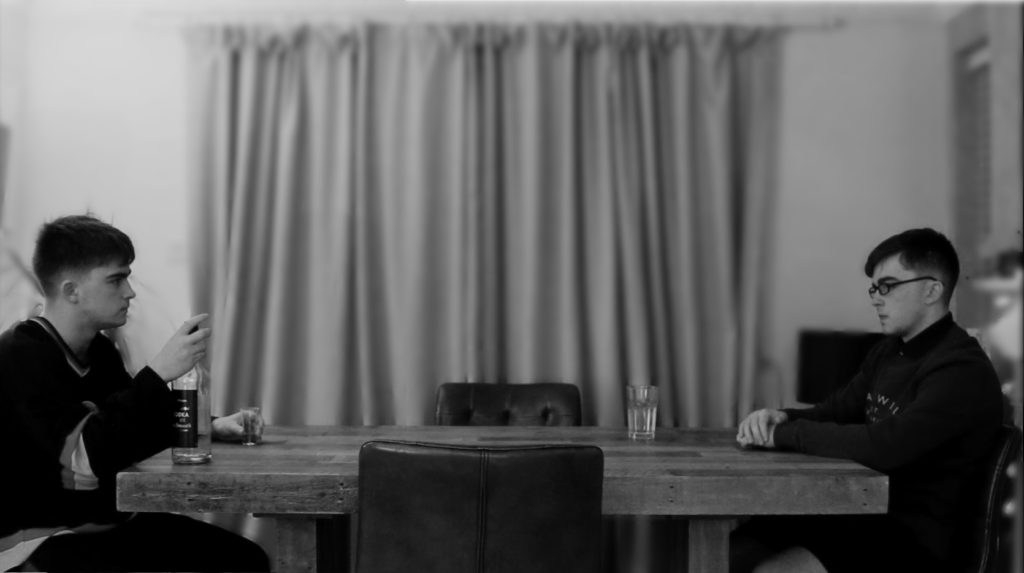




“We think we understand the rules when we become adults but what we really experience is a narrowing of the imagination.”
― David Lynch
Gripping the audiences imagination is one of Lynch’s true talents when it comes to the film industry. Although he started off as an artist, his artistic skills contribute to his films and they start to make more sense when you remember where he started. Most of his film have very little dialogue and if they do it’s because its used more as poetry and each line has a purpose and specific meaning. Similar to how he frames each scene; each one is framed a certain way and creates a particular feeling with the viewers and often it leaves them mildly disturbed. Being one the biggest contributors to surrealist film industry, you would think that Lynch’s work would be fairly mainstream although it is quite the opposite. Although he is mostly a film maker now he felt as if he wanted to be known more as an artist, who typically won’t be as well known as a film maker. His most famous film (his debut film), Eraserhead, still stands as a benchmark in surrealist horror, and Lynch would go on to define surrealism in film through his later works Blue Velvet, Twin Peaks, Lost Highway, Mulholland Drive and Inland Empire. But what gives Lynch’s strange masterworks their strange ominous feeling upon his fans and longevity is his keen artistic eye; his fascination with the light and dark of American life, and his brilliant command of unique character and melodrama. It’s a powerful and heady combination of strange and amazing; a combination that has earned David Lynch a legion of devoted fans and earned him a place as one of the greatest filmmakers in history.





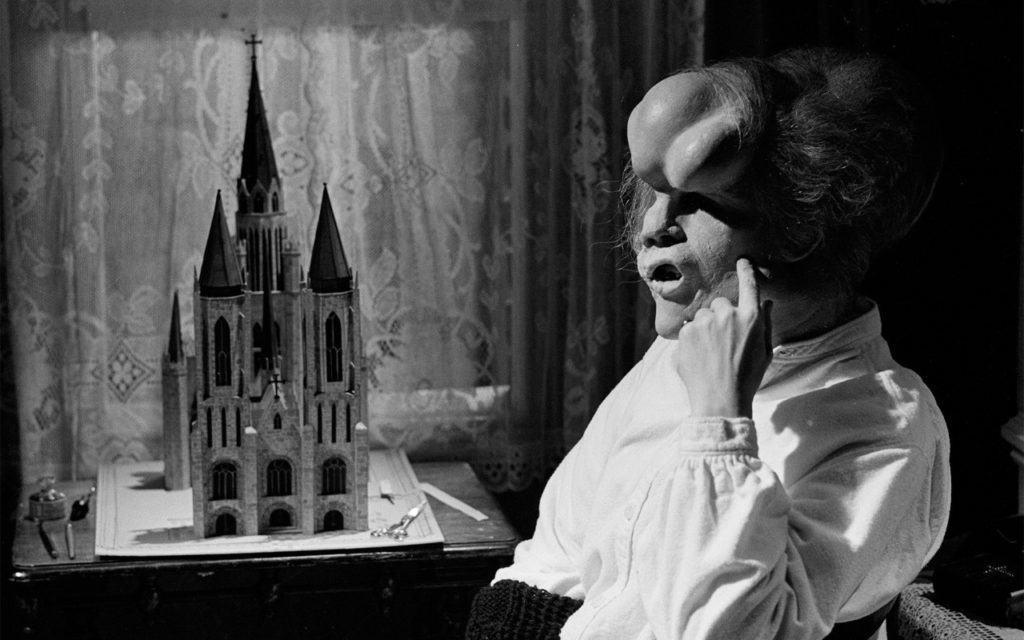

At the beginning of David Lynch’s Career he found inspiration through the famous and wealthy, Francis Bacon was an Irish figurative painter, who was influenced in his earlier years by Picasso and surrealism. His most expensive painting was a staggering $142 million! His unique expressionist and deeply disturbing style of painting, which emerged during the 1950s, featured pictures of people screaming or in pain and often portrayed inside bathrooms or cages. Arguably this painter of the twentieth century, was also for forty years the most controversial. Bacon’s art often appears deliberately disturbing. His subject was the human form. Bacon reinterpreted the physical construction of the body with a new and unsettling intensity. To him it was something to be taken apart by the artist’s penetrating gaze and then put back together again on canvas. He forces us to see, perhaps for the first time, the separate shapes and stresses hidden in the familiar human figure. The way Bacon painted his faces could be especially challenging. In his portraits, generally of people the artist knew well, the subjects are sometimes shown screaming. Due to his paintings, he was often called an Expressionist or even a Surrealist, Bacon himself strongly rejected both labels. He insisted that in its own way his work was close to the world we see every day, remaining true to what he called “the brutality of fact.”
Surrealism was a movement in literature and art, that now links in to photography and film making, which was popular between the First and Second World Wars. It was founded by the poet André Breton and the movement emphasised the importance of unconscious thought as a starting-point for creativity, inspired by the work of Sigmund Freud. Surrealist artworks are signified by their juxtaposition of incongruous imagery and figurative, typically photo-realistic style.



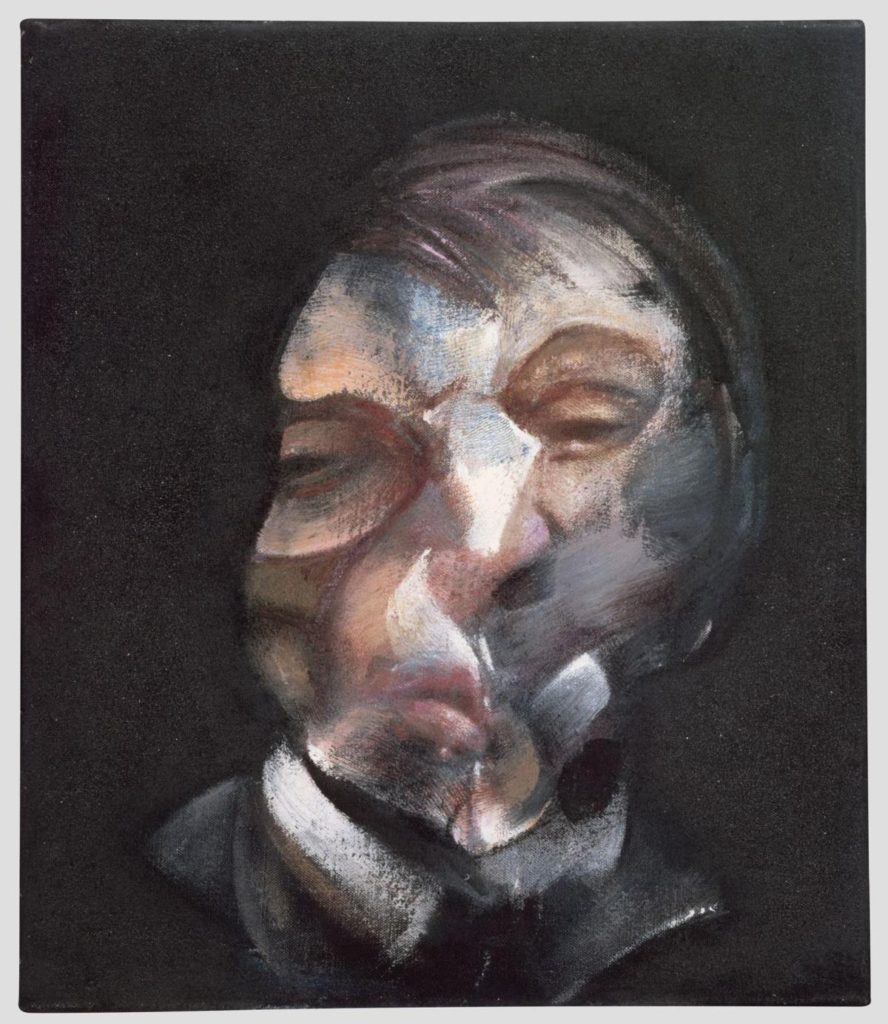


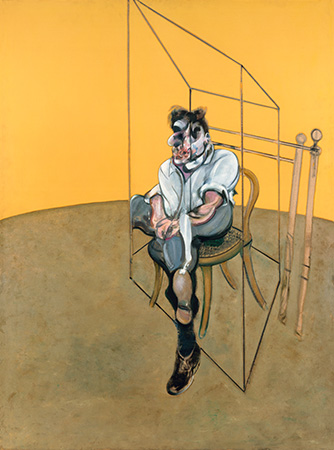
Essay Question:
Can personality and identity be expressed in a portrait?
Opening quote:
‘With every breath of nature’s depth, she was becoming more herself.’ – Angie Weiland-Crosby
Introduction: (250-500 words): What is your area study? Which artists will you be analysing and why? How will you be responding to their work and essay question?

Pg 1 (500 words): Historical/ theoretical context within art, photography and visual culture relevant to your area of study. Make links to art movements/ isms and some of the methods employed by critics and historian. Link to powerpoints and resources above about art movements and isms.

Pg 2 (500 words): Analyse first artist/photographer in relation to your essay question. Present and evaluate your own images and responses.

Pg 3 (500 words): Analyse second artist/photographer in relation to your essay question. Present and evaluate your own images and responses.

Pg 4 (500 words): Analyse second artist/photographer in relation to your essay question. Present and evaluate your own images and responses.

Conclusion (250-500 words): Draw parallels, explore differences/ similarities between artists/photographers and that of your own work that you have produced
Bibliography: List all relevant sources used
Danto. The Concept of the Aesthetic <https://plato.stanford.edu/entries/aesthetic-concept/>
Oden, L. Bill Brandt, International Photography Hall of Fame and Museum <https://iphf.org/inductees/bill-brandt/>
Lewis, E. Tate. Albert Renger-Patzsch <https://www.tate.org.uk/whats-on/tate-modern/display/albert-renger-patzsch>
Coplans, J. John Coplans < http://www.artnet.com/artists/john-coplans/>
Literary Sources:












1. Research a film and describe its story – including subject-matter, genre and style etc.
Film research: Quarantine Perspective – amateur short film by Myles Dean
Student in the US describing the feelings of living through a pandemic, and quarantines link to technology and creative outputs. Follows a day in the life sort of style, with an audio recording throughout describing his experience, including tips on ‘how to survive/enjoy’ the quarantine lifestyle.
2. Who is the film director? Why did he/she make it? (intentions/ reasons) Who is it for? (audience) How was it received? (any press, awards, legacy etc.)
Video director: Student Myles Dean
He made this film in a documentary/self help style, to have a record of his experience as well as the video itself being a creative outlet and a way to occupy himself during the COVID-19 pandemic. The intended audience would be individuals similar to himself, other students perhaps struggling with isolation, and giving ways to cope. It is an amateur film, released on Deans YouTube channel, therefore did not receive much exposure with only 370 views, but did receive multiple positive comments from his viewers.
3. Deconstruct the film’s narrative, editing and sound, such as; scenes, action, shot sizes, camera angles and mise-en-scene (the arrangement of the scenery in front of the camera) from location, props, people, lighting, sound etc.
Dean uses a wide variety of different and beautiful shots, using overhead drone footage following him, as well as wide angle shots of different clearly carefully structured settings. He cuts these with close ups of skateboarding, driving and at home scenes, keeping with a day in the life narrative. He uses a peaceful backing track, with an audio recording throughout of him describing his quarantine experience, how it has affected his personal life, as well as globally, and ways on how to entertain yourself and better this world lived experience. He uses lighting well, going from day to night shots to follow the repetitive day after day nature of the pandemic.
Application to my own Project
I chose this video as it follows the topic and style i have built my project around, and has a variety of shots that i plan to incorporate into my film, such as the use drone-like shots for that overhead style with some skating and field scenes. I shall also include some of the techniques from his lighting choices, using a slow degrade to darkness during a time-lapse scene in my bedroom (inspired by another students amateur video called Numb by Liv McNeil). However, instead of following his day-to-day format, i will be using flashbacks and hyper-sped up scenes, creating the same documentary style through different techniques.
1. Research a photo-book and describe the story it is communicating with reference to subject-matter, genre and approach to image-making.
Matthew jean has taken a series of photographs of his mother doing her daily activities/tasks. this includes images of her cleaning, smoking and relaxing. Jean, to document her everyday life through a series of portraits taken in her home in Leeds. This book is a non fiction book as its about Matthew Finns childhood.
2. Who is the photographer? Why did he/she make it? (intentions/ reasons) Who is it for? (audience) How was it received? (any press, reviews, awards, legacy etc.)
Matthew Jean
“For over thirty years, I took photographs of my mum. I don’t remember the circumstances in which most of them were taken, although they were all in her home in Leeds. I never set out to create an archive of carefully ordered material. It began from a need to create stability and, over the years, it became a ritual that I could not abandon.
My father never lived with us and many times he would make promises that he never kept. My mother would wait to be picked up for a night out with him. I can remember her standing there dressed in her fawn, mohair coat, and he wouldn’t turn up. Eventually, she would retreat upstairs to take off her make up and going-out clothes and then return to the TV. This seemed to happen a lot”
3. Deconstruct the narrative, concept and design of the book and apply theory above when considering:
For over thirty years, I took photographs of my mum. I don’t remember the circumstances in which most of them were taken, although they were all in her home in Leeds. I never set out to create an archive of carefully ordered material. It began from a need to create stability and, over the years, it became a ritual that I could not abandon.
My father never lived with us and many times he would make promises that he never kept. My mother would wait to be picked up for a night out with him. I can remember her standing there dressed in her fawn, mohair coat, and he wouldn’t turn up. Eventually, she would retreat upstairs to take off her make up and going-out clothes and then return to the TV. This seemed to happen a lot.

